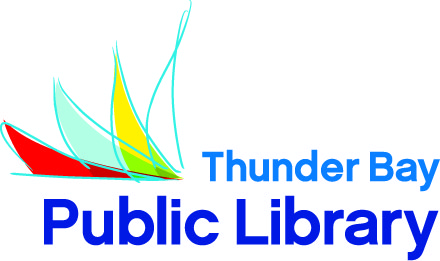Do you know what's in your food? Our quest to make life easier has changed the way we eat. Preservatives to make our food stay fresh longer, pesticides to save our crops, additives for colour and flavour, plastics and styrofoam for packaging and fast food for convenience. All of this can contribute to an unhealthy lifestyle. To find out what's in your food read on.
An examination of any food packaging label can be confusing with such unpronounceable words as benzyl isobutyrate and soya protein isolate. When Steve Ettlinger's 6 year old daughter asks the question "where does pol-y-sorbate six-tee come from" it leads him on a journey through the complicated world of processed food. In his book Twinkie, Deconstructed he tries to unravel this food mystery. Each ingredient on the twinkie package is investigated. Interestingly, the source of the ingredients are more closely related to rocks and petroleum than actual food. You will never look at this classic snack cake the same way again.
In 2004, Morgan Spurlock produced his Academy Award nominated movie Super Size Me which focuses on a diet consisting strictly of fast food. He eats three meals every day at McDonald's, must try everything on the menu at least once, and if asked whether he would like to super size his meal he must say yes. It's a humourous film that shows an extreme example of what happens to our body when we eat fast foods. A copy of this film on dvd is available at your library. You can also borrow a copy of Don't Eat This Book for further funnies on the supersizing of America.
Chew On This by Eric Schlosser is everything you don't want to know about fast food. Learn about the secret ingredients that make fast food taste and smell so good and look attractive. Slick advertising and meals that come with a toy keep children coming back for more and set the trend into adulthood.
So, how do you know what to eat to maintain a healthy lifestyle? We've all learned about Canada's Food Guide from grade school. In 1942 the Canadian government published the first food guide to help prevent nutritional deficiencies and improve our health. The 1942 version included wartime rationing. The Food Guide was recently updated, in 2007, and now includes such foods as tofu, kefir and couscous. You can view a copy online.
When Thomas Pawlick cuts into a nice red, freshly purchased tomato only to find it disappointingly hard and tasteless it leads him on an investigation into food industry practices. He places the tomato on a windowsill for several days thinking it will become juicy and soft. No such luck. The tomato never seems to ripen. Why? In his book The End Of Food he explores various methods of food production in order to raise consumer awareness. By the way, the tomato was picked while it was still green to withstand transportation and last longer. It is then gassed with the chemical ethylene to change it to a nice red colour for the shelf.
Is Our Food Safe? by Warren Leon uncovers the hazards found in our current food supply. He separates fact from fiction to try and guide consumers into making the correct choices in what can be a very confusing area. Reports of food-borne illnesses and recalls are becoming a common occurrence. Interestingly there are more recalls and warnings for vegetables than meats. This book points out how to avoid these risks while choosing a healthy diet.
If you are concerned about foods that may have been recalled the Canadian Food Inspection Agency posts all current recalls on their website. There is a link on the right hand side for Food Recalls/Allergy Alerts under the heading hot topics.
Another interesting and fun read is The Omnivore's Dilemma by Michael Pollan. America's food process really relies heavily on fossil fuels and corn. Fossil fuels are used in fertilizers, pesticides, packaging and transporting the end product while corn is used to feed livestock, as a starch to thicken, corn syrup for sweetening and corn oil for cooking. It is in just about everything you can think of from vitamin pills to toothpastes. As well as industrial farming he covers organic farming and what it is like to hunt and gather food for yourself.
While all of this information on food processing sounds scary, it is possible to make good food choices for ourselves. By following nutritional guidelines and reading the packaging label you will be well on your way towards healthier eating. Bon Appetit!
Michelle Paziuk, Library Technician

No comments:
Post a Comment